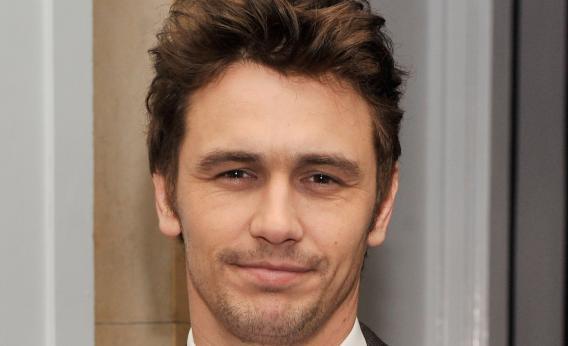I want to take a second to vent about Oz the Great and Powerful’s sexism, which Manohla Dargis began to unpack in her New York Times review last week. As Dargis notes, the depressing gender stereotypes that pervade the film aren’t L. Frank Baum’s fault. (Baum, the son-in-law of suffragette and activist Matilda Gage, crammed his books with spunky heroines and layered, formidable villainesses.) But in Oz the Great and Powerful the spotlight falls instead on James Franco’s huckster magician, a womanizing, self-serving creep whose interest in Oz seems largely mercantile. (He does undergo a wildly unconvincing transformation at the end.) Oscar courts a trio of interchangeable witchy love interests played by Mila Kunis, Michelle Williams and Rachel Weisz. They are content to spend most of their time gazing worshipfully up at him and intoning lines about a “great man” who will heal the land. The land needs healing, by the way, because it lacks a king. That at least three powerful sorceresses are available for the job doesn’t seem to occur to anyone, except for Weisz’s character, who promptly gets punished for her ambition.
Among the movie’s many questionable proposals are that the Wicked Witch of the West turned to evil because of a broken heart; that Michelle Williams’ glistering blondeness is irrefutable proof of her virtue (an assassination attempt goes awry when Glinda lowers her hood and reveals herself to be beautiful and therefore undeserving of death); that the more witch cleavage you show, the better. Supporting female characters include a literal porcelain doll—who is both fragile and manipulative—and a country girl too “simple” to see through the hero’s one-size-fits-all courtship. After 130 minutes of this, you kind of want to knock someone in the head with a ruby slipper.
Also: There was something painfully familiar to me in the dynamic of one sham wizard lording it over three genuinely magical witches. It’s a version of the imposter effect Sheryl Sandberg describes having early in her career, where she was terrified that she would be discovered as a fake. Meanwhile, her male friends are far more likely to attribute their accomplishments to stable personality traits, such as skills of intelligence or creativity. Sandberg is critiquing the dynamic (women thinking they’re faking whether they are or not, men thinking they’re awesome whether they are or not), and perhaps the original Wizard of Oz movie does too. But in this film, it all unfolds without much thought, as if this is the natural state of male female relationships.
Sam Raimi’s movie also made me wonder whether our society has a higher tolerance for male posers than for female ones. Oz celebrates the roguish dissembling of the “wizard” in a way that I suspect would never fly if the artificer were a woman. (Remember Nicole Kidman in To Die For?) Oscar is charming and rakish when he pretends to powers he doesn’t actually have. But would a lady who dared to lie about her capabilities get off so easily? Last week, BuzzFeed Shift wrote up a study indicating that while white males are frequently rewarded for risk-taking behavior, women and black men who pursue the same strategies are generally penalized.
Likewise, in Oz the Great and Powerful, Oscar saves the day by staging a vast deception. Using smoke, fireworks, and wah-wah sound effects, he convinces the enemies of Emerald City that he’s invincible. A few scenes later, the wicked Evanora is humiliated when Glinda inadvertently breaks whatever enchantment keeps her looking like Rachel Weisz instead of a hideous crone. It turns out Evanora’s a fraud where it really counts—in the looks department. She flies from the Emerald City in disgrace. To review: When the wizard fakes, he’s a hero; when the witch does, she’s pathetic and evil, and she doesn’t get away with it. The fact that Evanora needed to be portrayed as a fraud at all—a legitimately magical being, she’s more convincing as a counterweight to phony Franco—only makes Oz the Great and Powerful more of an advertisement for the imposter effect.
Somewhere over the rainbow there may be another prequel that does justice to L. Frank Baum’s progressive feminism, rewards the acting talents of Michelle Williams, Mila Kunis and Rachel Weisz, and tempers all the witch cleavage with an equivalent serving of Winky junk. But Oz the Great and Powerful isn’t it.
